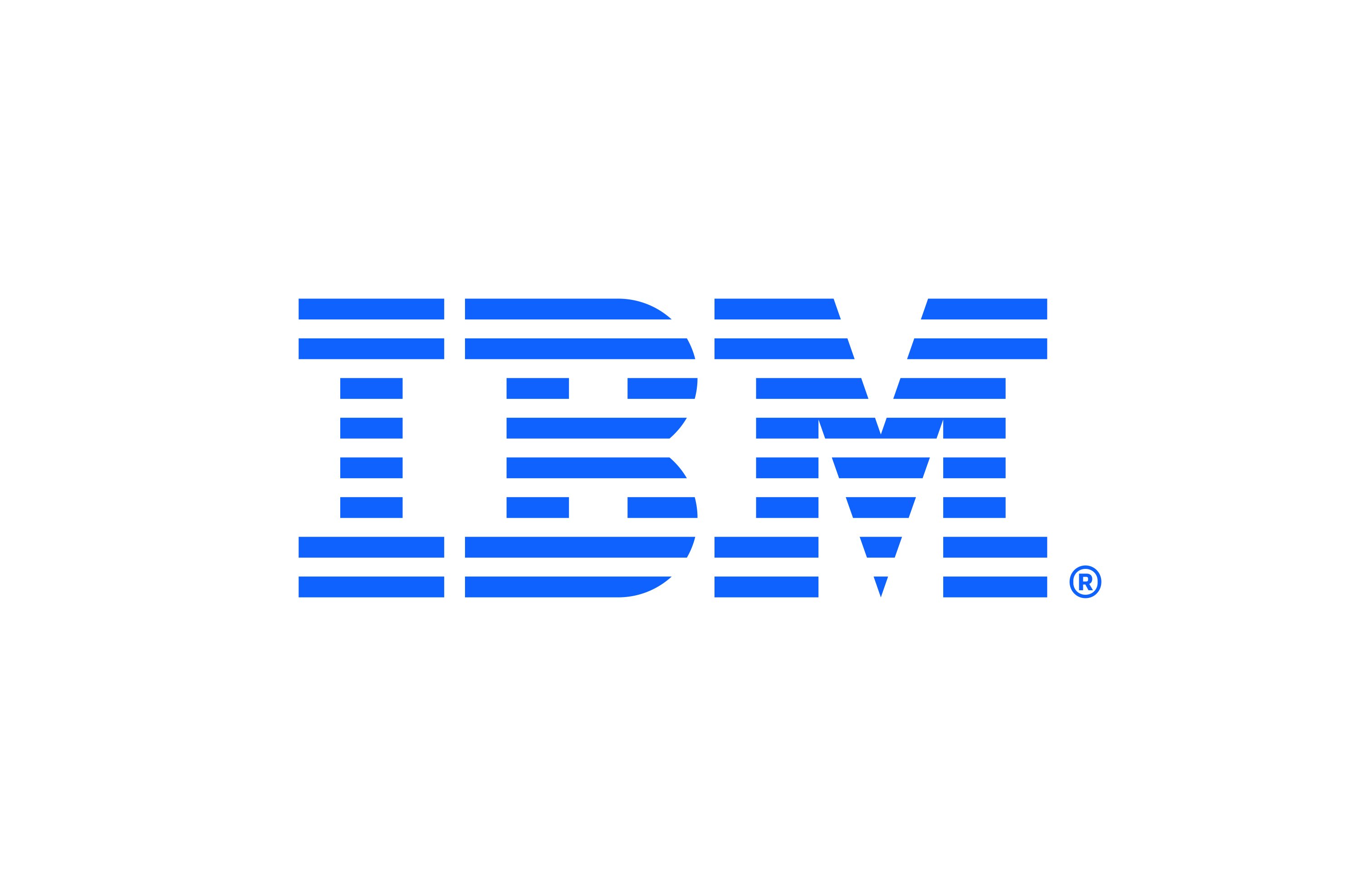IBM webMethods API Management Features
API Construction (4)
API Management (5)
Data Integration (3)
Development (4)
Collaboration (3)
Development (7)
Management (5)
Security (3)
Integration Options (4)
Deployment (2)
Development - API Platforms (4)
Collaboration - API Platforms (3)
API Management - API Platforms (5)
Sponsored
You’re seeing this ad based on the product’s relevance to this page. Sponsored content does not receive preferential treatment in any of G2’s ratings.
Omatic Software
Visit Website
IBM webMethods API Management Comparisons




